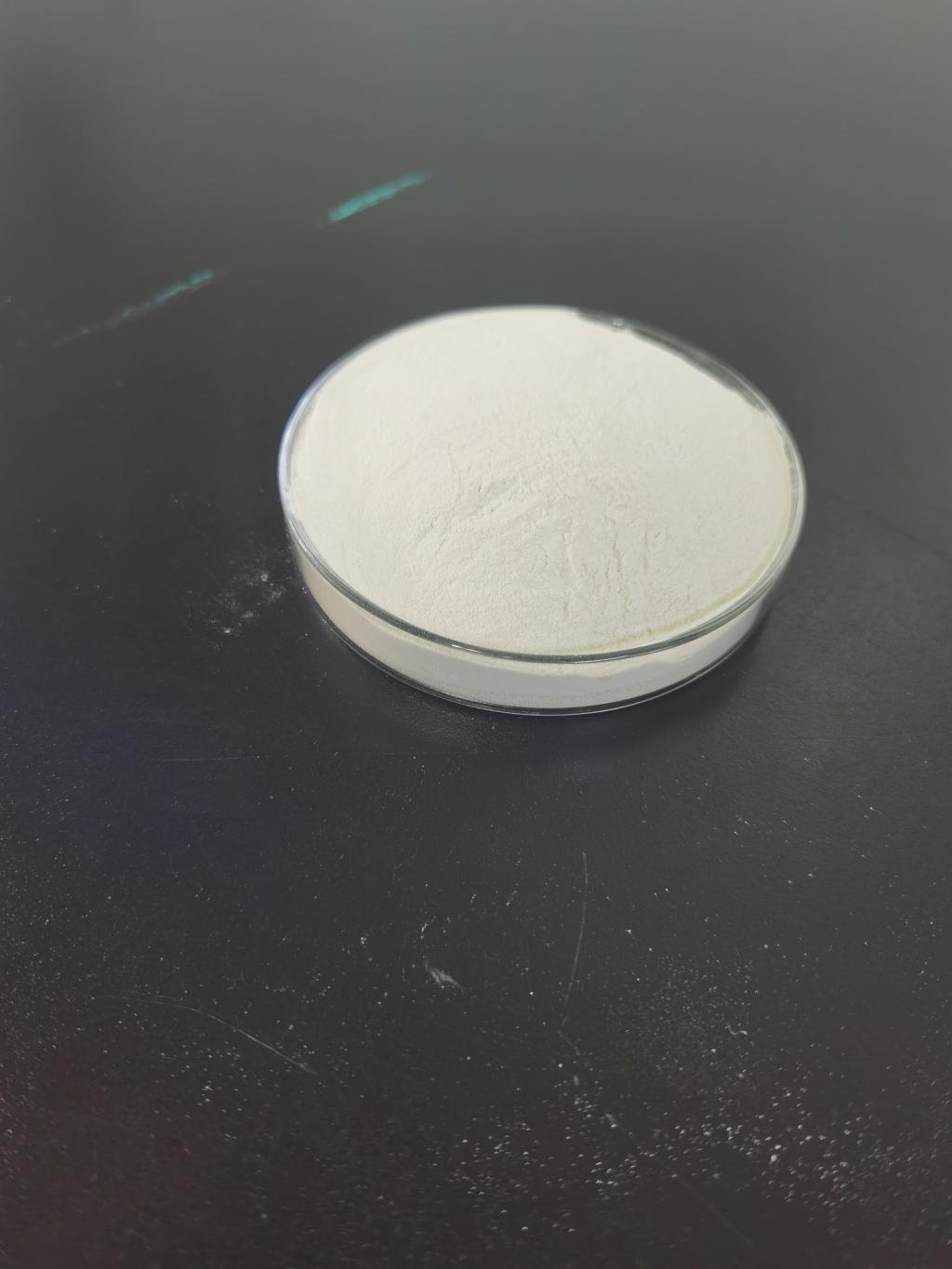Tel:+8618231198596

News
 CONTACT
CONTACT
 CONTACT
CONTACT
- Linkman:Linda Yao
- Tel: +8618231198596
- Email:linda.yao@dcpharma.cn
- Linkman:CHARLES.WANG
- Department:Overseas
- Tel: 0086 0311-85537378 0086 0311-85539701
News
Current Position:
Home >
News
>Nisin's Integration into Culinary Innovations: Beyond Standard Preservatives
Nisin's Integration into Culinary Innovations: Beyond Standard Preservatives
TIME:2024-01-19
I. Nisin's Evolution from Preservative to Culinary Enabler:
Preservation Reinvented:
Traditionally recognized for its preservative qualities, nisin has been a stalwart in preventing spoilage and extending the shelf life of various food products. Its role as a natural alternative to synthetic preservatives aligns with the growing consumer demand for clean labels and minimally processed foods.
Texture and Structure Enhancement:
Beyond preservation, nisin has demonstrated its prowess in influencing the texture and structure of food products. Its ability to interact with proteins has been harnessed to create unique textures in a variety of culinary applications, from plant-based alternatives to traditional meat products.
II. Nisin's Impact on Culinary Textures:
Plant-Based Innovations:
The surge in demand for plant-based alternatives has prompted chefs and food scientists to explore nisin as a texturizing agent. By influencing protein interactions, nisin contributes to the desirable mouthfeel of plant-based burgers, sausages, and other meat substitutes, making them more appealing to both vegetarians and meat enthusiasts.
Cheese and Dairy Products:
Nisin's influence extends to the realm of dairy, where its interaction with proteins plays a crucial role in the texture and consistency of cheeses and other dairy products. From enhancing meltability to improving the overall sensory experience, nisin is becoming a valuable tool in the hands of cheese artisans and manufacturers.
III. Flavor Modulation with Nisin:
Umami Enhancement:
The exploration of nisin's impact on flavor has revealed its potential for enhancing umami, the fifth taste sensation. By interacting with proteins, nisin contributes to the savory and satisfying notes in various dishes, making it a sought-after ingredient for chefs aiming to elevate the taste profile of their creations.
Reduction of Off-Flavors:
Nisin's antimicrobial properties extend beyond pathogen inhibition; they also combat spoilage microorganisms that can contribute to off-flavors in food. Incorporating nisin into culinary formulations helps maintain the freshness of ingredients and minimizes undesirable tastes, resulting in a cleaner and more appealing flavor profile.
IV. Nisin in Culinary Techniques:
Sous Vide and Fermentation:
The precision of sous vide cooking and the intricacies of fermentation have become playgrounds for culinary experimentation. Nisin, with its stability under a range of temperatures and pH conditions, finds application in these techniques, contributing to both safety and flavor development.
Bread and Baked Goods:
In the realm of baking, nisin has proven its worth by inhibiting mold growth and extending the shelf life of bread and baked goods. Its incorporation into dough formulations contributes to improved freshness and texture, ensuring that consumers experience the delightful qualities of freshly baked products for an extended period.
V. Challenges and Considerations in Culinary Integration:
Dosage Precision:
Achieving the desired culinary effects with nisin requires precision in dosage. Striking the right balance between preserving freshness and influencing texture or flavor without compromising safety is a delicate task that demands careful consideration.
Consumer Awareness and Acceptance:
As nisin finds its way into culinary creations, consumer awareness and acceptance become pivotal. Educating consumers about the natural origin and multifunctional benefits of nisin can foster positive perceptions and contribute to its successful integration into a variety of dishes.
VI. Future Prospects: Culinary Alchemy with Nisin:
Innovations in Molecular Gastronomy:
Molecular gastronomy, characterized by the scientific exploration of culinary processes, provides a fertile ground for nisin's integration. As chefs and scientists delve into the nuances of molecular interactions, the possibilities for creating novel textures and flavors using nisin continue to expand.
Collaboration between Chefs and Food Scientists:
The synergy between culinary creativity and scientific expertise is poised to redefine the boundaries of culinary innovations with nisin. Collaboration between chefs and food scientists can lead to groundbreaking applications, ensuring that nisin becomes an indispensable tool in the hands of culinary visionaries.
VII. Conclusion:
Nisin's journey from a standard preservative to a versatile culinary enabler exemplifies the dynamic interplay between food science and the art of cooking. Its integration into culinary innovations goes beyond the traditional realm of preservation, influencing textures, flavors, and culinary techniques. As the food industry embraces the era of clean labels, sustainability, and heightened sensory experiences, nisin stands at the forefront, offering a natural and multifaceted solution for chefs and food enthusiasts alike. The coming years are poised to witness a culinary renaissance, guided by the transformative potential of nisin in the hands of those pushing the boundaries of gastronomic creativity.
- Tel:+8618231198596
- Whatsapp:18231198596
- Chat With Skype







